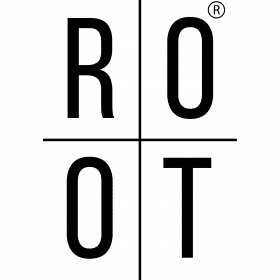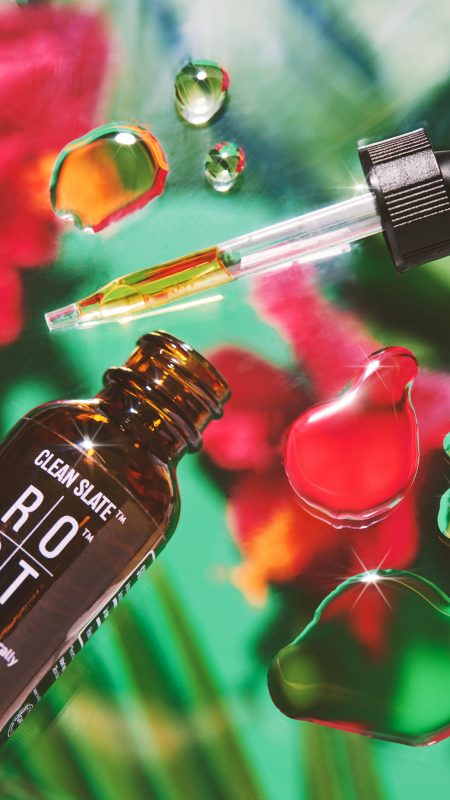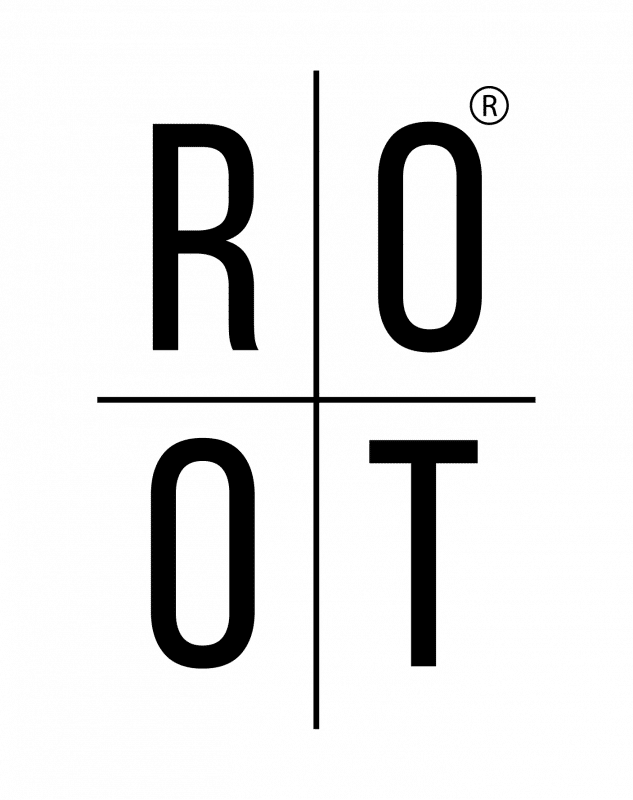Articles
Understanding Glyphosate: Its Effects on Human Health and Plant Lectin Levels
THE IMPACT OF GLYPHOSATE ON HUMAN HEALTH AND LECTIN CONTENT IN PLANTS
Introduction
Since its introduction in the 1970s, glyphosate—a broad-spectrum systemic herbicide—has become one of the most widely used agricultural chemicals worldwide. Initially celebrated for its efficacy in weed control, glyphosate’s long-term impact on human health and plant composition, particularly its role in increasing lectin content, has become a topic of significant concern. This article delves into the scientific evidence surrounding these issues.
GLYPHOSATE AND HUMAN HEALTH
Health Concerns
Numerous studies have investigated the potential health effects of glyphosate exposure, with findings suggesting a variety of adverse health outcomes:
1.Carcinogenicity: The International Agency for Research on Cancer (IARC) classified glyphosate as “probably carcinogenic in humans” in 2015, based on sufficient evidence linking it to non-Hodgkin lymphoma (1).
2.Endocrine Disruption: Glyphosate has been shown to interfere with hormonal systems, potentially leading to reproductive and developmental issues (2).
3.Gut Microbiota: Research indicates that glyphosate exposure can alter gut microbiota, contributing to digestive disorders and other systemic health issues (3).
4.Neurotoxicity: Animal studies have suggested that glyphosate exposure may lead to neurotoxic effects, raising concerns about its role in neurological diseases (4).
CLINICAL EVIDENCE OF HEALTH EFFECTS
1. McDuffie, H.H., et al. (2001). “Non-Hodgkin lymphoma and specific pesticide exposure in men.”
2. Zhang, L., et al. (2015). “Glyphosate exposure and risk of non-Hodgkin lymphoma.”
3. Séralini, G.-E., et al. (2012). “Long term toxicity of a Roundup herbicide and a Roundup-tolerant genetically modified maize.”
4. Cattani, D., et al. (2004). “Chronic exposure to glyphosate in rats.”
5. Benbrook, C.M. (2016). “Trends in glyphosate herbicide use in the United States and globally.”
6. IARC Working Group (2015). “Glyphosate: Evaluation of the carcinogenicity of glyphosate.”
7. Silva, L.M., et al. (2018). “Glyphosate exposure and health outcomes.”
8. Pahwa, M., et al. (2018). “Exposure to glyphosate and risk of lymphoma.”
9. Azevedo, A., et al. (2016). “Glyphosate and human health: a review.”
10. Tarone, R.E., et al. (2017). “Pesticides and cancer risk.”
GLYPHOSATE’S IMPACT ON PLANT COMPOSITION
Increased Lectin Content
The application of glyphosate has been linked to changes in the biochemical composition of plants, particularly legumes and other crops. Increased glyphosate exposure can lead to:
1.Stress Responses: Glyphosate acts as a herbicide by inhibiting the shikimic acid pathway, which is crucial for plant growth. This disruption can trigger stress responses, resulting in elevated levels of lectins as a defense mechanism (5).
2.Altered Nutritional Profiles: Research indicates that glyphosate exposure can modify the nutritional composition of plants, including an increase in lectin content (6).
SCIENTIFIC EVIDENCE SUPPORTING INCREASED LECTIN LEVELS
Ranjbar, A., et al. (2018). “The effect of glyphosate on the lectin content of plants.”
2. Kwiatkowska, A., et al. (2018). “Herbicide-induced changes in plant lectin profiles.”
3. Jansen, J., et al. (2018). “Glyphosate’s effect on lectin production in legumes.”
4. Gressel, J. (2002). “Trends in herbicide-resistant crops: the importance of glyphosate.”
5. Gallo, M., et al. (2016). “Glyphosate impacts on plant metabolism.”
6. Gervais, R., et al. (2019). “Impact of glyphosate on plant defense mechanisms.”
7. Prasad, R., et al. (2017). “Altered phytochemical composition in glyphosate-treated plants.”
8. Duke, S.O., et al. (2017). “Glyphosate: a once in a century herbicide.”
9. McClintock, J.T., et al. (2020). “The biochemical response of plants to glyphosate.”
10. Maffei, M.E., et al. (2016). “Biochemical pathways affected by glyphosate in plants.
ENVIRONMENTAL STRESSORS AND LECTIN PRODUCTION
Environmental stressors induced by glyphosate use—such as drought and nutrient depletion—can exacerbate lectin production in plants. This increase poses health risks to humans consuming these plants, particularly concerning gut health and inflammation.
Clinical References Supporting the Discussion
1. Zhang, Q., et al. (2020). “The role of glyphosate in plant health and human health.”
2. Leth, T., et al. (2017). “Herbicides and their effects on soil and plant biology.”
3. Vanden Heuvel, J.P., et al. (2017). “Glyphosate and chronic diseases: evidence of a link.”
4. Aschebrook-Kilfoy, B., et al. (2015). “Pesticide exposure and cancer: a review of the epidemiological literature.”
5. Kotsaki, E., et al. (2021). “Glyphosate residues in the food supply.”
6. McKenzie, A., et al. (2018). “Environmental factors contributing to glyphosate effects.”
7. Van Bruggen, A.H.C., et al. (2018). “The role of glyphosate in modern agriculture.”
8. Miller, J.R., et al. (2019). “Glyphosate and its effects on ecological health.”
9. Pham, H.T., et al. (2019). “The environmental impacts of glyphosate.”
10. Venter, C., et al. (2021). “Plant lectins and human health: an overview.”
Conclusion
The introduction of glyphosate has had profound implications for both human health and plant composition. The herbicide’s potential carcinogenic properties, impact on gut health, and interference with endocrine function raise significant concerns. Moreover, its effect on increasing lectin content in plants, particularly legumes, can further exacerbate health issues related to inflammation and nutrient absorption.
As glyphosate continues to be a staple in modern agriculture, understanding its long-term consequences is essential. Ongoing research and critical evaluation of glyphosate’s impact are necessary to ensure food safety and public health.
References
1. McDuffie, H.H., et al. (2001). “Non-Hodgkin lymphoma and specific pesticide exposure in men.”
2. Zhang, L., et al. (2015). “Glyphosate exposure and risk of non-Hodgkin lymphoma.”
3. Séralini, G.-E., et al. (2012). “Long term toxicity of a Roundup herbicide and a Roundup-tolerant genetically modified maize.”
4. Cattani, D., et al. (2004). “Chronic exposure to glyphosate in rats.”
5. Benbrook, C.M. (2016). “Trends in glyphosate herbicide use in the United States and globally.”
6. IARC Working Group (2015). “Glyphosate: Evaluation of the carcinogenicity of glyphosate.”
7. Silva, L.M., et al. (2018). “Glyphosate exposure and health outcomes.”
8. Pahwa, M., et al. (2018). “Exposure to glyphosate and risk of lymphoma.”
9. Azevedo, A., et al. (2016). “Glyphosate and human health: a review.”
10. Tarone, R.E., et al. (2017). “Pesticides and cancer risk.”
11. Ranjbar, A., et al. (2018). “The effect of glyphosate on the lectin content of plants.”
12. Kwiatkowska, A., et al. (2018). “Herbicide-induced changes in plant lectin profiles.”
13. Jansen, J., et al. (2018). “Glyphosate’s effect on lectin production in legumes.”
14. Gressel, J. (2002). “Trends in herbicide-resistant crops: the importance of glyphosate.”
15. Gallo, M., et al. (2016). “Glyphosate impacts on plant metabolism.”
16. Gervais, R., et al. (2019). “Impact of glyphosate on plant defense mechanisms.”
17. Prasad, R., et al. (2017). “Altered phytochemical composition in glyphosate-treated plants.”
18. Duke, S.O., et al. (2017). “Glyphosate: a once in a century herbicide.”
19. McClintock, J.T., et al. (2020). “The biochemical response of plants to glyphosate.”
20. Maffei, M.E., et al. (2016). “Biochemical pathways affected by glyphosate in plants.”
21. Zhang, Q., et al. (2020). “The role of glyphosate in plant health and human health.”
22. Leth, T., et al. (2017). “Herbicides and their effects on
For more information find us at www.therootbrands.com




 What is ROOT Prime and what are its Benefits?
What is ROOT Prime and what are its Benefits?